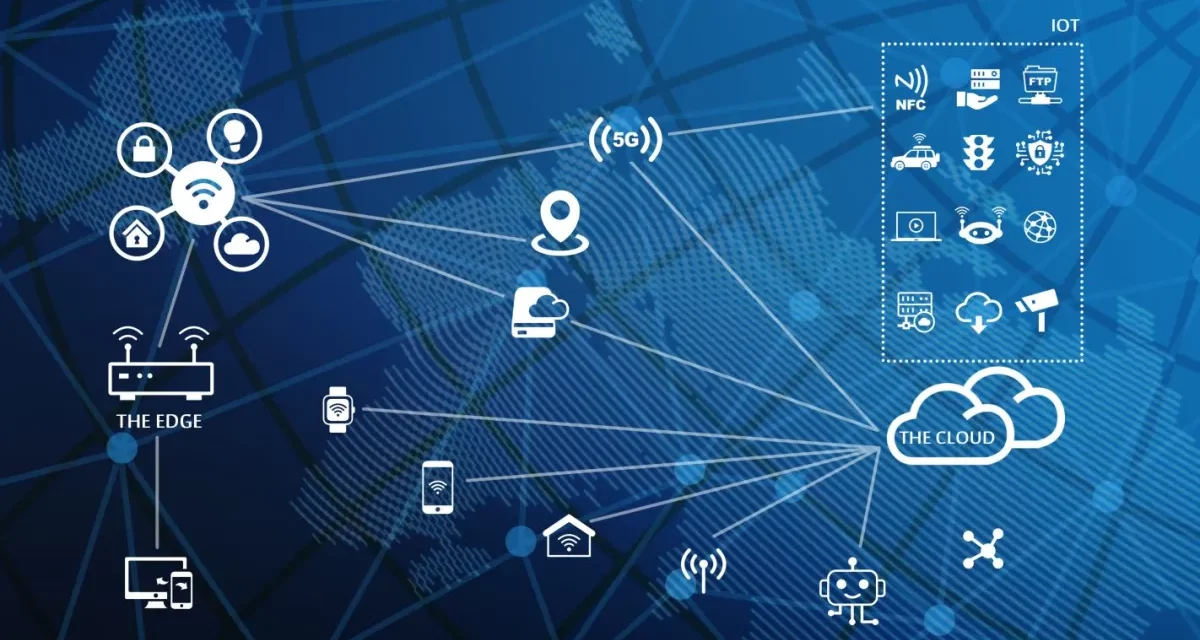In the ever-evolving landscape of technology, the demand for faster and more efficient data processing has given rise to an innovative paradigm known as edge computing. As we navigate the complexities of the digital era, edge computing emerges as a transformative solution that not only enhances speed but also brings unprecedented efficiency to the way data is handled. Let’s delve into the world of edge computing, exploring its principles, applications, and the impact it has on shaping the future of digital infrastructure.
1. Understanding Edge Computing: Edge computing is a distributed computing paradigm that brings computation and data storage closer to the location where it is needed. Unlike traditional cloud computing, which centralizes data processing in remote data centers, edge computing involves processing data on or near the device or “edge” where it is generated. This decentralized approach minimizes latency and improves overall system performance.
2. Overcoming Latency Challenges: One of the primary advantages of edge computing is its ability to overcome latency challenges. In scenarios where real-time processing is critical, such as in autonomous vehicles, augmented reality applications, or industrial automation, edge computing ensures that data is processed swiftly, reducing the delay between data generation and the corresponding action.
3. Decentralized Data Processing: Edge computing facilitates decentralized data processing by distributing computing resources across a network. This is particularly beneficial in situations where a large volume of data is generated but sending all that data to a centralized cloud would be impractical. By processing data at the edge, the strain on network bandwidth is reduced, leading to more efficient data handling.
4. Internet of Things (IoT) Integration: The integration of edge computing is pivotal in optimizing the performance of IoT devices. With the proliferation of connected devices generating vast amounts of data, edge computing enables local processing of IoT-generated data, ensuring that only relevant and valuable information is sent to the cloud. This not only conserves bandwidth but also enhances data security and privacy.
5. Enhancing Scalability and Flexibility: Edge computing enhances the scalability and flexibility of digital infrastructure. By distributing computing resources across the network, organizations can easily scale their operations without solely relying on centralized data centers. This flexibility is crucial in accommodating the dynamic and growing demands of the digital landscape.
6. Edge AI for Real-Time Decision-Making: Edge computing plays a pivotal role in the deployment of edge artificial intelligence (AI). By bringing AI capabilities closer to the data source, edge computing enables real-time decision-making without the need to transmit data to a distant server for analysis. This is particularly beneficial in applications like video surveillance, where quick responses are essential.
7. Edge Security and Privacy: Edge computing addresses security and privacy concerns by keeping sensitive data closer to its source. Instead of transmitting all data to centralized servers, edge computing allows organizations to implement security measures at the edge, reducing the risk of data breaches during transmission. This approach aligns with the growing emphasis on data privacy and regulatory compliance.
8. Industry Applications: Edge computing finds applications across various industries, from healthcare and manufacturing to retail and smart cities. In healthcare, for example, edge computing enables real-time processing of patient data from medical devices. In manufacturing, it supports predictive maintenance by analyzing equipment data locally. Retailers leverage edge computing for personalized customer experiences.
9. Challenges and Future Trends: While edge computing brings numerous benefits, challenges such as standardization, interoperability, and the management of distributed systems need to be addressed. Future trends include the evolution of edge-native applications, increased use of AI at the edge, and the development of edge infrastructure to support emerging technologies like 5G.
Conclusion: Edge computing stands at the forefront of technological innovation, offering a paradigm shift that enhances speed and efficiency in the digital era. As the world becomes more connected and data-intensive, the decentralized approach of edge computing becomes increasingly integral. The ongoing evolution of this technology promises to reshape the way data is processed, laying the foundation for a future where speed, efficiency, and real-time capabilities define the next frontier of digital infrastructure.





